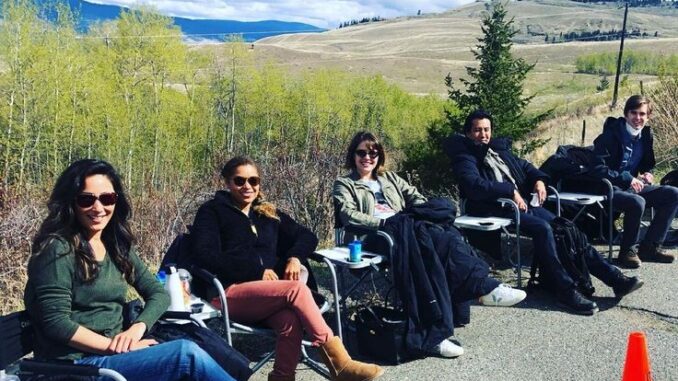
The Good Doctor returned for its highly anticipated fourth season, it didn’t just bring back the familiar faces fans love — it introduced an entire class of new surgical residents ready to prove themselves. With Dr. Shaun Murphy (played by Freddie Highmore) now stepping into a mentoring role, the show took a bold step forward, reshaping the dynamics at San Jose St. Bonaventure Hospital and breathing fresh energy into the series.
Jordan is instantly memorable for her unapologetic confidence and strong moral compass. She’s bubbly, outspoken, and grounded in her faith, which adds an interesting layer to her character, especially when working in high-stakes medical scenarios that test her personal beliefs. Though her personality contrasts with Shaun’s more analytical approach, Jordan brings a warmth and humanity to her work that Shaun — and viewers — come to appreciate. Her presence sparks plenty of debate in the OR, but it’s clear she’s one of the standouts in the new class.
Asher comes from a very different background — a former Hasidic Jew who left his strict religious community to pursue a career in medicine. His past provides a rich foundation for compelling storytelling, particularly as he navigates questions of identity, freedom, and belonging. Quick-witted and deeply intelligent, Asher challenges Shaun in unexpected ways. Their interactions offer a mix of dry humor and emotional complexity, giving fans plenty of memorable moments. Asher’s journey is not just about becoming a doctor — it’s about becoming his true self.

Rounding out the new residents is Enrique, the laid-back, free-spirited member of the group. He has a passion for adventure, a knack for thinking outside the box, and a casual attitude that immediately sets him apart from the others. Though his approach is unconventional, Enrique brings a refreshing perspective to medicine. He encourages work-life balance and often challenges the rigidity of hospital culture — something that doesn’t always sit well with Shaun or the rest of the surgical team.
One of the biggest arcs in Season 4 is watching Shaun transition from being the mentee to becoming the mentor. It’s a natural evolution of his character — one that comes with growing pains, especially given Shaun’s challenges with social cues and emotional connection. Training these new residents forces Shaun to communicate more effectively, manage conflicts, and reflect on how far he’s come. At times, he struggles with patience or empathy, but these interactions also provide him with valuable growth opportunities, especially as he builds trust and rapport with each of the new doctors in different ways.
By introducing this diverse group of young residents, Season 4 widened the emotional and cultural lens of The Good Doctor. Topics such as faith, family pressure, sexuality, loss, and identity are all explored through the lens of these characters, giving the show a deeper sense of relevance and heart. The new characters aren’t just plot devices — they are fully fleshed out individuals, each with a backstory worth investing in. Their development gives the series room to grow, even as older characters like Dr. Claire Browne, Dr. Lim, and Dr. Park continue to evolve.
When the season first aired, fans had mixed reactions to the influx of new faces — some missed the simplicity of earlier seasons, while others embraced the change. As the episodes unfolded, however, many came to appreciate how these new characters enhanced the ensemble. The show’s creators took a risk by shifting some of the focus away from established characters, but it paid off by injecting new energy and depth. And at the heart of it all is Shaun Murphy, still learning, still growing, and now guiding others on their journeys.
